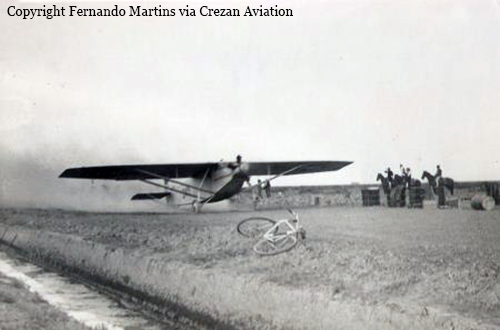Crash of an Antonov AN-22 into the North Atlantic Ocean: 23 killed
Date & Time:
Jul 18, 1970 at 1700 LT
Registration:
CCCP-09303
Survivors:
No
Schedule:
Moscow - Keflavik - Halifax - Lima
MSN:
9340207
YOM:
1970
Crew on board:
8
Crew fatalities:
Pax on board:
15
Pax fatalities:
Other fatalities:
Total fatalities:
23
Circumstances:
The aircraft was engaged in a humanitarian flight from Moscow to Lima, Peru, carrying 15 passengers, a crew of eight and various goods in favor of the victims of the recent earthquake. About 47 minutes after takeoff from Keflavik Airport, radio and radar contact were lost with the aircraft that crashed in unknown circumstances into the North Atlantic Ocean. SAR operations were conducted jointly by Canadian, American, Iceland and Soviet Authorities but not trace of the aircraft nor the 23 occupants was found. All SAR operations were suspended after a month.
Probable cause:
Due to lack of evidences, it was not possible to determine the exact cause of the accident.








